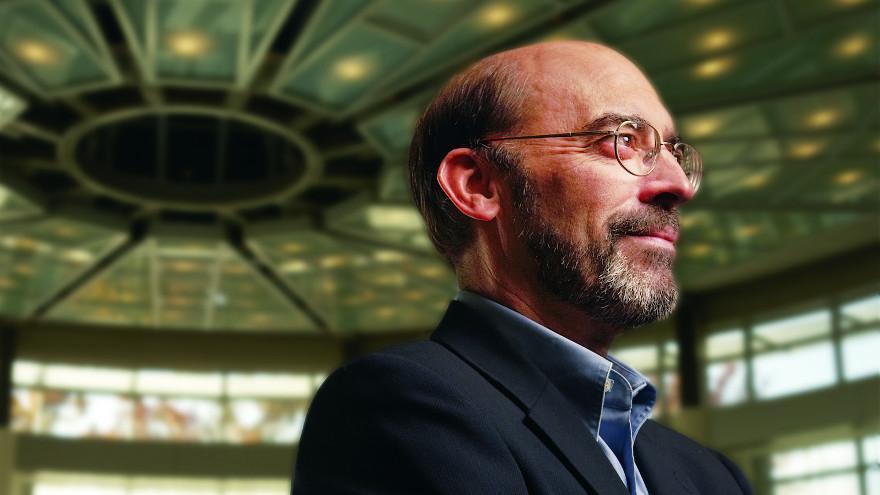COMMENTARY: Those lazy, hazy, crazy days of summer

CARY, N.C. -
Cruises are not my favorite form of vacation, but when it involves a partial family reunion (with some of the aged members finding this the most comfortable mode of travel), I’m all in. So out to sea we went for a week.
Being cheap (and wanting to run an experiment of a sort), I did not sign up for the additional cost cellular or Internet packages. That meant cold turkey from my news addiction. Knowing me as someone who for over 40 years has read the Wall Street Journal first thing every morning, who records selected evening new shows and often watches Congressional hearings, my wife was certain that I would crack.
I did not. (My only cheating was asking a few shipmates about sport scores — I was also confident that my brother, a former banker, would let me know if there was a financial collapse.)
So, what did I miss? It took awhile to catch up on a week of news, but net-net on most issues, the ball remained basically where it was when we set sail. Trade issues remained — progress with some countries; deterioration with others. Ditto for ongoing and potential military conflicts. We did get the long-awaited, expected and needed increase in market interest rates, but the yield curve narrowed. (I find that a bit troubling, but most economists dismiss it.)
We were also at sea during the September equinox, i.e., the end of summer. By my reckoning, Nat King Cole was right on only two of three counts this year. It was hazy and crazy, but in no way lazy.
Anything but lazy. Real GDP clearly accelerated, even at this late stage in the recovery cycle. The NASDAQ, S&P 500 and Russell 2000 all hit new highs, and the bull market in equities has become the longest ever. The unemployment rate for minorities reached historic lows, and the number of job openings exceeded the number job seekers for the first time since the Labor Department has been tracking that statistic.
Consumer confidence hit an 18-year high in September. (But, a note of caution: Six months after the previous peak in consumer confidence, the U.S. economy was officially in recession.)
And, with respect to used vehicles, we saw that CarMax, for their fiscal quarter ending Aug. 31, reported a 2-percent increase in same-store retail unit sales, 6 percent for all stores, stable gross, strong wholesale numbers and a beat on profit. I suspect when the other dealer groups report their used-vehicle results for the third quarter that those numbers will also be good.
But it was hazy and crazy. From day-to-day throughout this year it has been hard to tell whether we were in a trade war, a trade tussle, a trade tiff or a trade renegotiation process that may play out for the better.
Where we end up precisely on that broad continuum will make all the difference to the economy’s outlook. As summer ended, there were encouraging signs, and, as noted by the above statistics, financial markets and business leaders kept their rose-colored glasses on regarding this issue.
It was also unclear whether we should be fearing or favoring the strengthening dollar.
In the past two months (as of this late September news filing), the dollar has risen relative to the yen and yuan (despite China’s intervention), has held steady relative to the euro, and is up nearly 2 percent against a broad index of world currencies.
That will diminish the consumer impact of higher U.S. tariffs, but erode the objective of reducing trade imbalances. One thing is clear: The U.S. dollar remains the world’s reserve currency. What is hazy are the policy implications, benefits and drawbacks of that reserve status.
What was my takeaway from the news blackout experiment? I think all forecasters should try it every so often.
In today’s constant, overwhelming and often hyperbolic news cycle, it is easy to falsely believe that things are moving faster than they are. For example, a year ago I truly thought that many of the trade and tariff issues would have to have been resolved by now (for better or worse). Yet they linger.
A week of avoiding daily analysis allows a more rightful focus on economic fundamentals — with additional benefit of more good times with family.
Tom Webb is the former chief economist for Cox Automotive, Manheim, and NADA. He can be reached at tomwebb1950@gmail.com and on Twitter: @tomwebb1950.

 View The Latest Edition
View The Latest Edition

